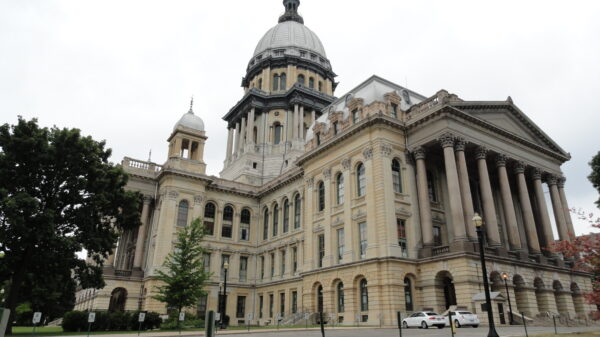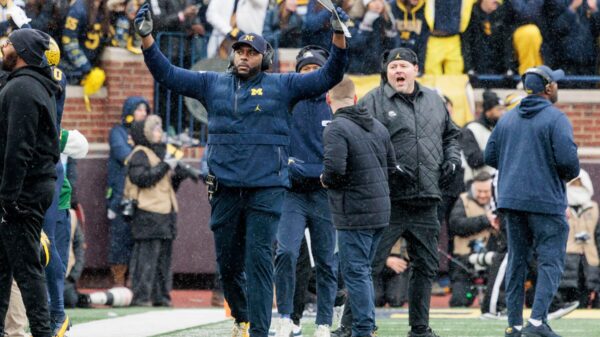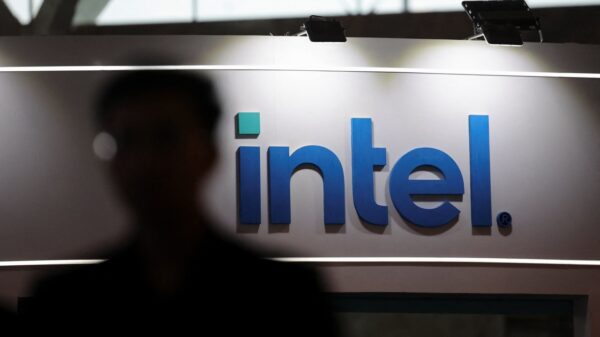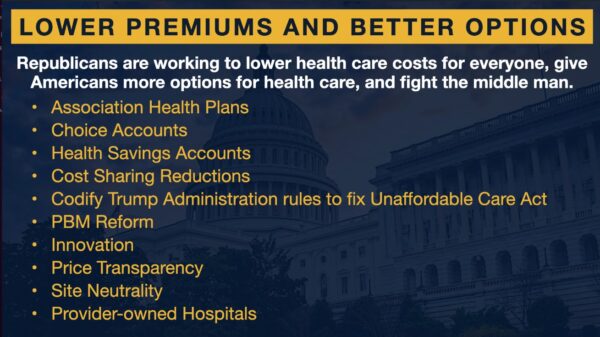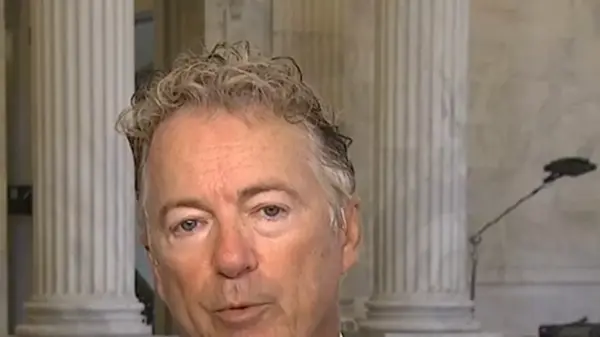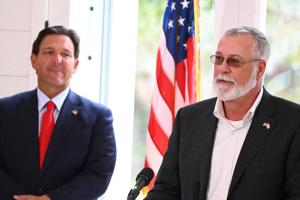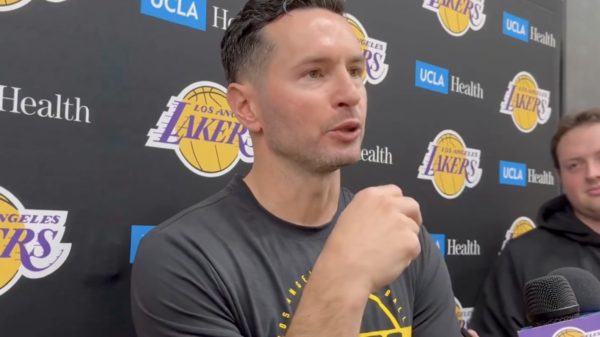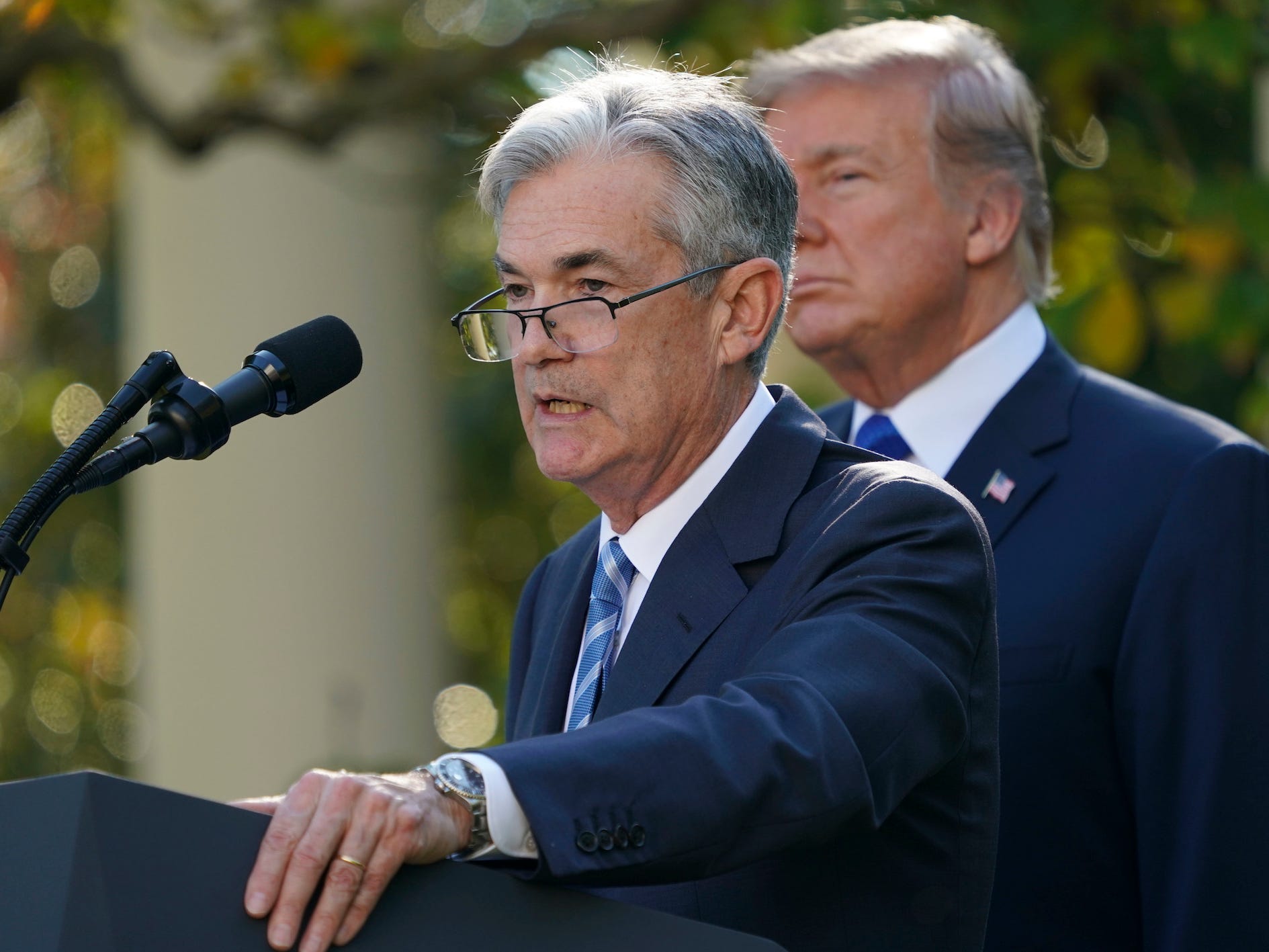UPDATE: Despite investor optimism for a Federal Reserve interest rate cut this September, leading economists from Morgan Stanley and Bank of America are casting doubt on the likelihood of a decrease. This comes in the wake of disappointing job growth data released on August 1, which revealed that the US economy added just 73,000 jobs in July, far below expectations.
Economists are advising caution as markets currently reflect an 87.8% chance of a 25-basis-point cut at the upcoming Federal Reserve meeting, according to the CME FedWatch Tool. Just weeks prior, the probability stood at only 37.6%. This shift has sparked significant interest among investors as they digest the implications of the weak labor market.
The Bureau of Labor Statistics reported that revisions to previous months’ job additions saw a reduction of 258,000 jobs, pushing the three-month average down to 35,000, a figure consistent with recessionary levels. This dismal data prompted President Donald Trump to dismiss Erika McEntarfer, the director of the BLS, reflecting the administration’s concern over the labor market’s health.
In a reactive market, stocks saw a significant plunge following the weak job numbers, with investors fearing a potential economic downturn. Jamie Cox, managing partner for Harris Financial Group, expressed in an email, “Powell is going to regret holding rates steady this week. September is a lock for a rate cut and it might even be a 50-basis-point move to make up the lost time.”
However, Michael Gapen, chief US economist at Morgan Stanley, remains unconvinced that rate cuts will materialize soon. In a note on August 1, he emphasized that despite the recent job figures, the labor market remains fundamentally strong, with the unemployment rate holding steady at a historically low 4.2%. He stated, “The demand for workers is slowing, but so is the supply… so it [the labor market] is in balance… oddly enough.”
Aditya Bhave, a senior economist at Bank of America, echoed this sentiment, asserting that inflation concerns still loom large over the Fed’s decision-making process. He stated, “The Fed is still missing by a lot more on inflation than its labor mandate.” Bhave’s analysis also highlighted the potential inflationary impact of tariffs, further complicating the case for rate cuts.
Consumer spending data from Bank of America clients also suggests a resilient economy, with aggregated debit and credit card spending accelerating in July. The report indicated a surge in auto sales and air travel, underscoring that the economy may be rebounding despite the labor market’s sluggishness.
As markets await the Federal Reserve’s September meeting, all eyes will be on how policymakers respond to these conflicting signals. Will they prioritize addressing inflation, or will they take action to stimulate the economy amid weakening job growth? The next few weeks are critical for investors and policymakers alike as they navigate this complex economic landscape.
Stay tuned for updates on this developing story as the September meeting approaches.


